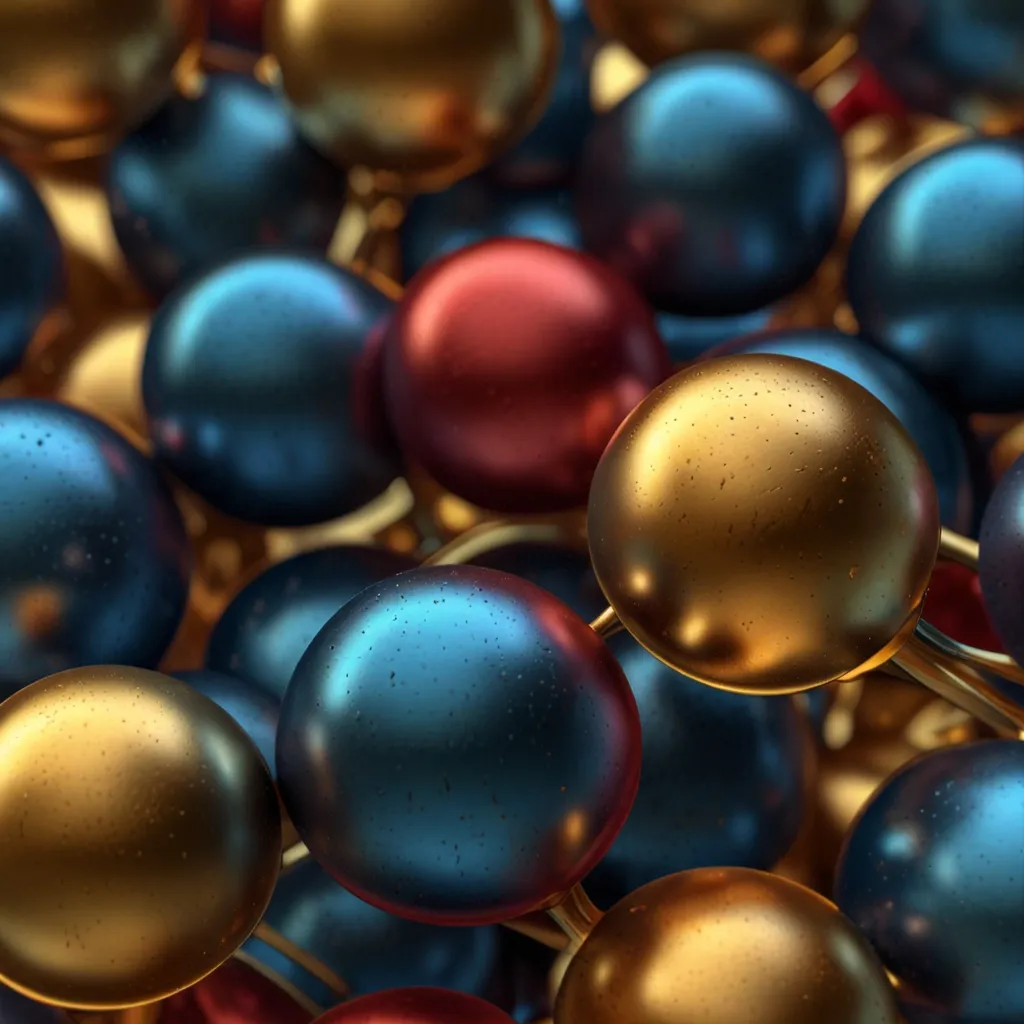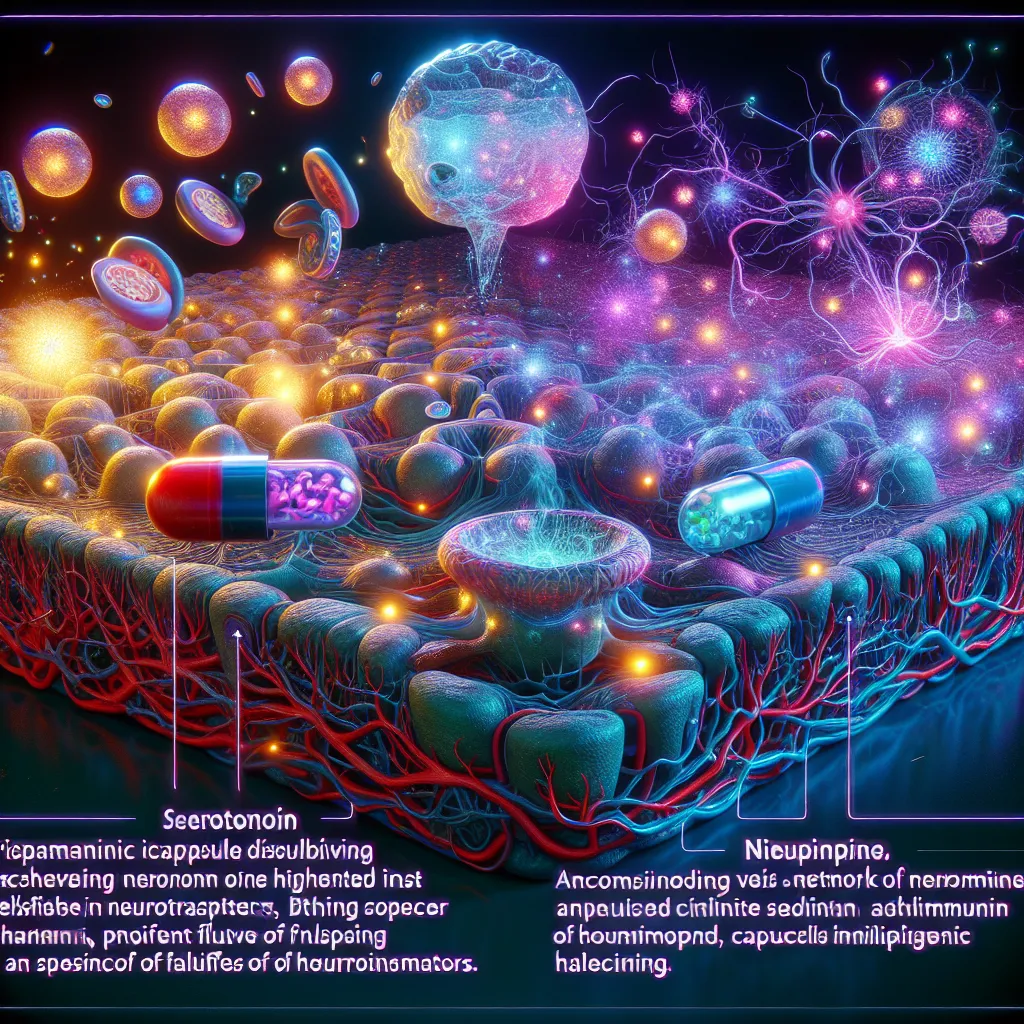In a recent exploration of elemental properties, I delved into why a single proton change leads to entirely different elements. The core explanation revolves around the number of protons dictating the number of electrons and their configuration, which in turn defines the element’s chemical characteristics. However, there’s more to uncover about why elements exhibit distinct physical properties.
Understanding why elements vary—some being gases, others liquids, or solids—boils down not just to their chemical makeup, but their physical behavior at standard conditions (20°C or 68°F, at one atmosphere pressure). For instance, at room temperature, helium is a colorless gas; mercury is a silvery liquid; and iron, a shiny gray metal. Under different temperatures and pressures, their states can dramatically change. Iron melts at above 1538°C, while mercury solidifies below -39°C, and helium liquefies below -269°C.
To decode these properties, start with electron configurations. Helium, with two protons and two electrons, has a complete first electron shell, making it extremely stable and non-reactive. It doesn’t form bonds, so it stays a gas. Similar principles apply to other noble gases. Though, non-noble gases like oxygen and nitrogen remain gases because they form stable O2 and N2 molecules respectively, which weakly interact with each other.
The color of gases relates to photon interactions. Helium, oxygen, and nitrogen appear colorless because they don’t absorb or emit light under standard conditions. Conversely, fluorine and iodine are colored due to their electron structure interactions with light.
Mercury’s liquid state at room temperature is due to weak interatomic forces, allowing atoms to slide over each other. This results from its complete 6s electron shell being more stable and less available for bonding, leading to weak atomic interactions. Furthermore, relativistic effects contribute to this, where high orbital speeds increase electron mass, binding them closer to the nucleus, reducing bonding with other atoms.
Iron differs by forming strong metallic bonds where outer shell electrons are delocalized and shared, providing structured solidity. These delocalized electrons also render metals conductive and malleable. The color of metals, typically gray, results from high-energy photon absorption inducing electron jumps, with visible spectrum light reflections being predominantly gray.
Gold’s distinctive color emerges from lower energy needed for electron transitions, absorbing blue light and reflecting yellow. Similar relativistic effects as mercury’s also soften gold, giving it a lower melting point.
These principles elucidate why elements behave the way they do physically, based on their atomic and electronic structures. Understanding these foundations reveals the fascinating diversity in elemental properties.






